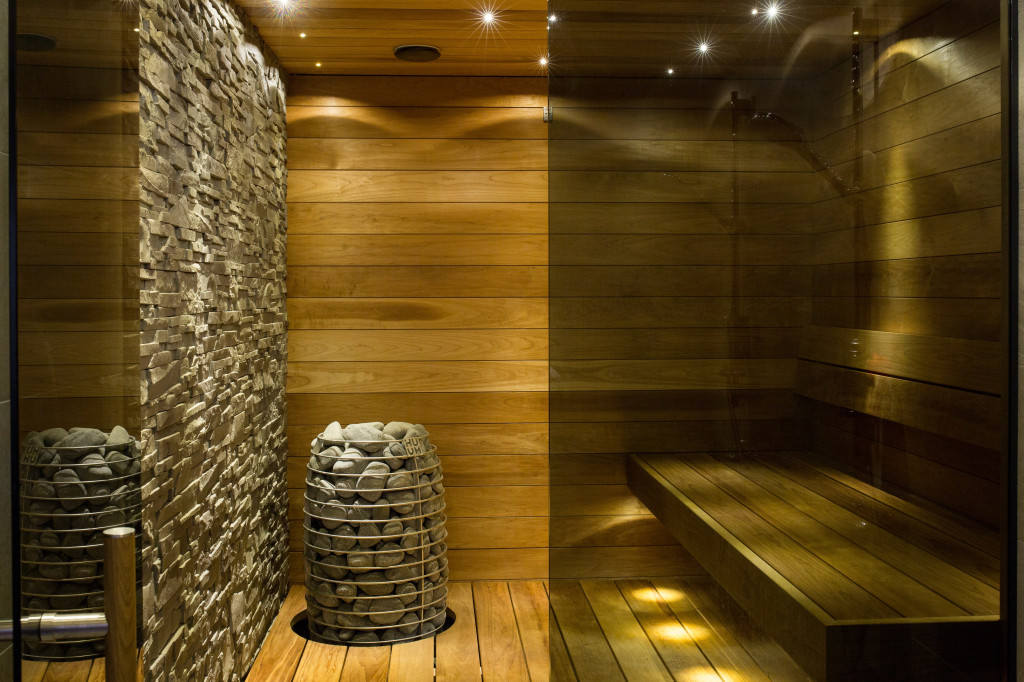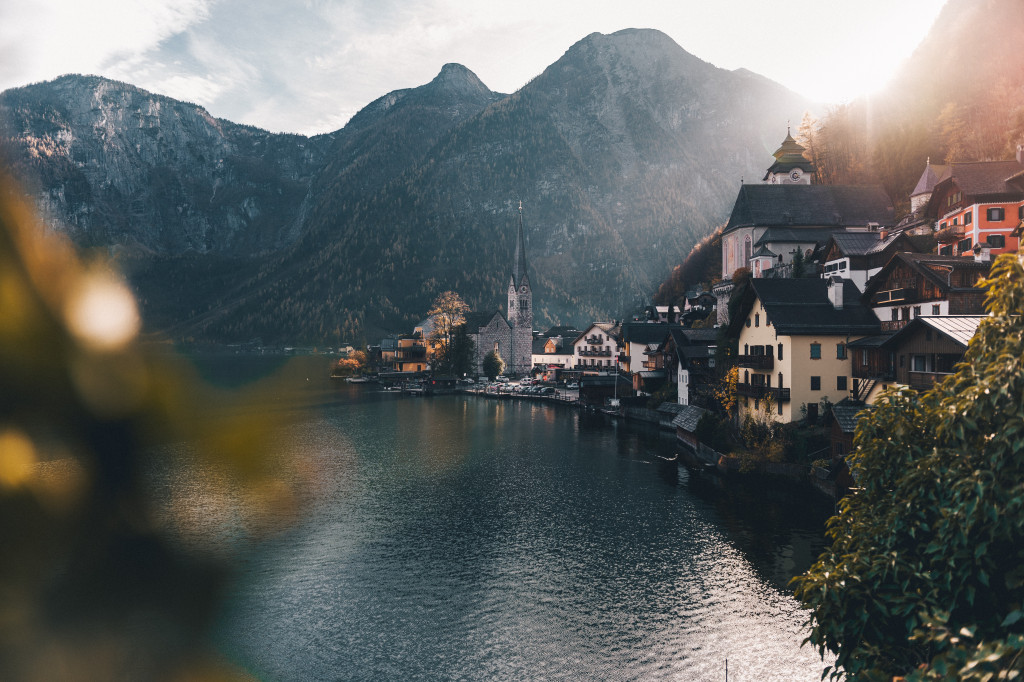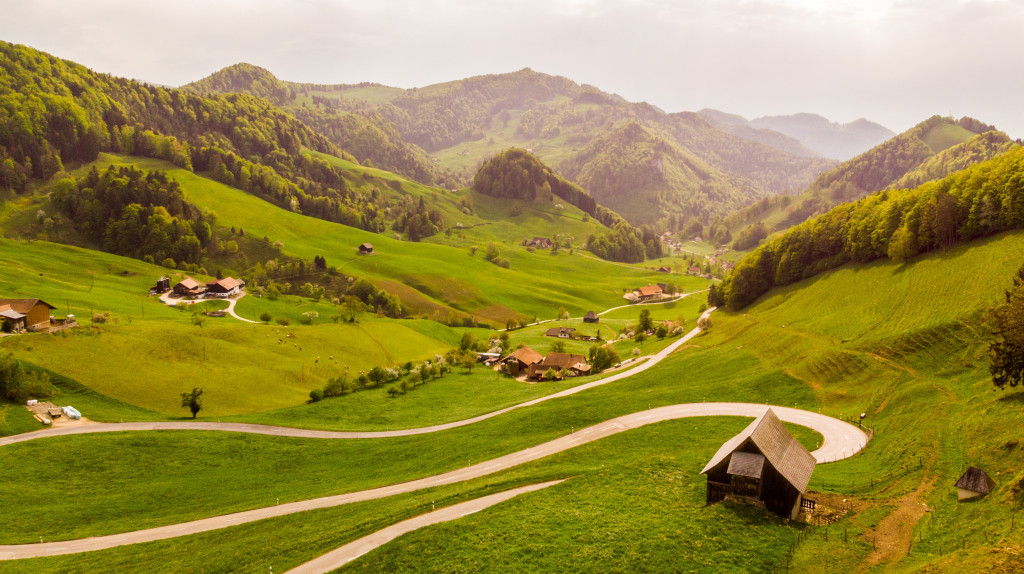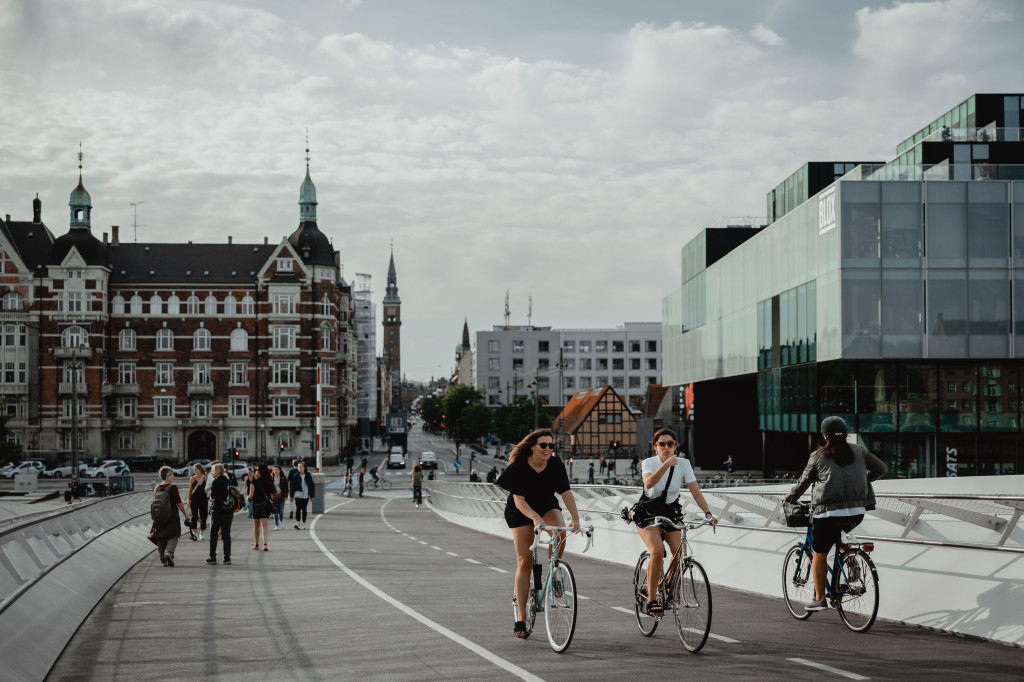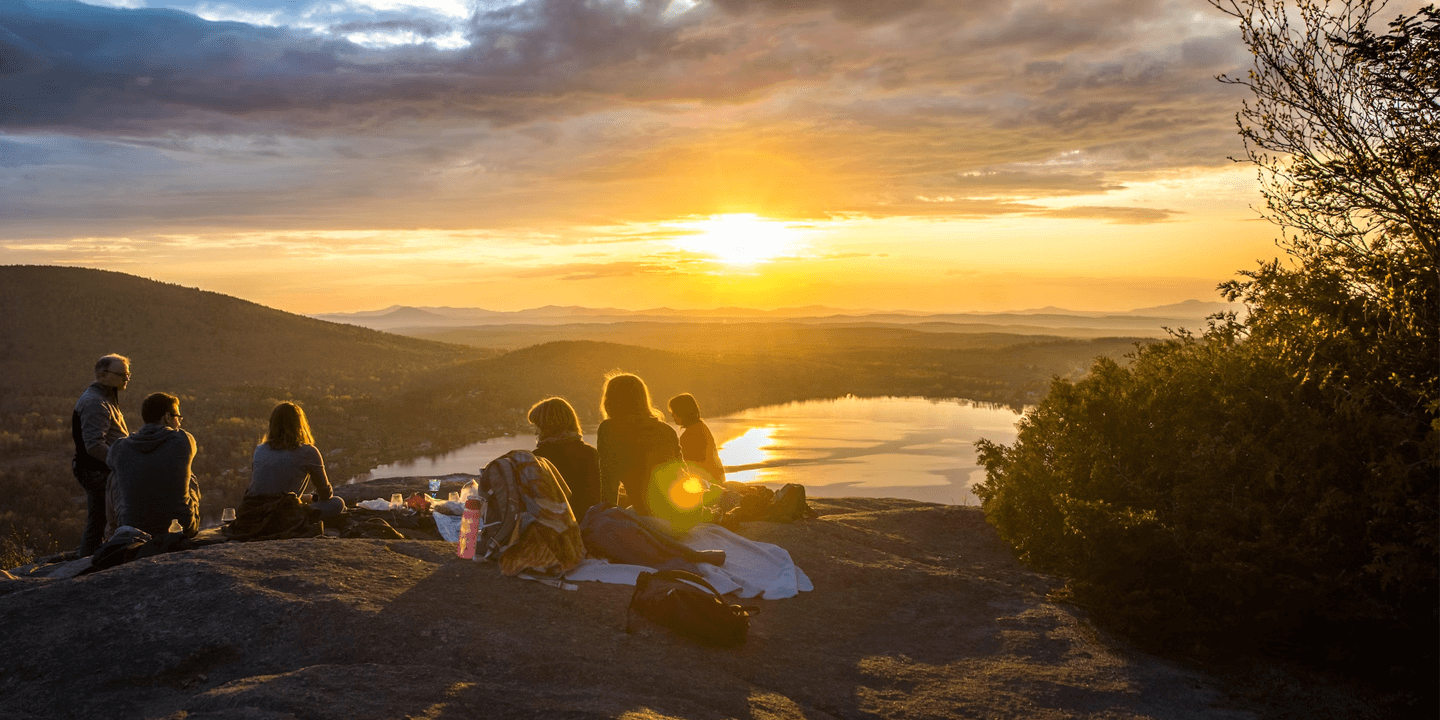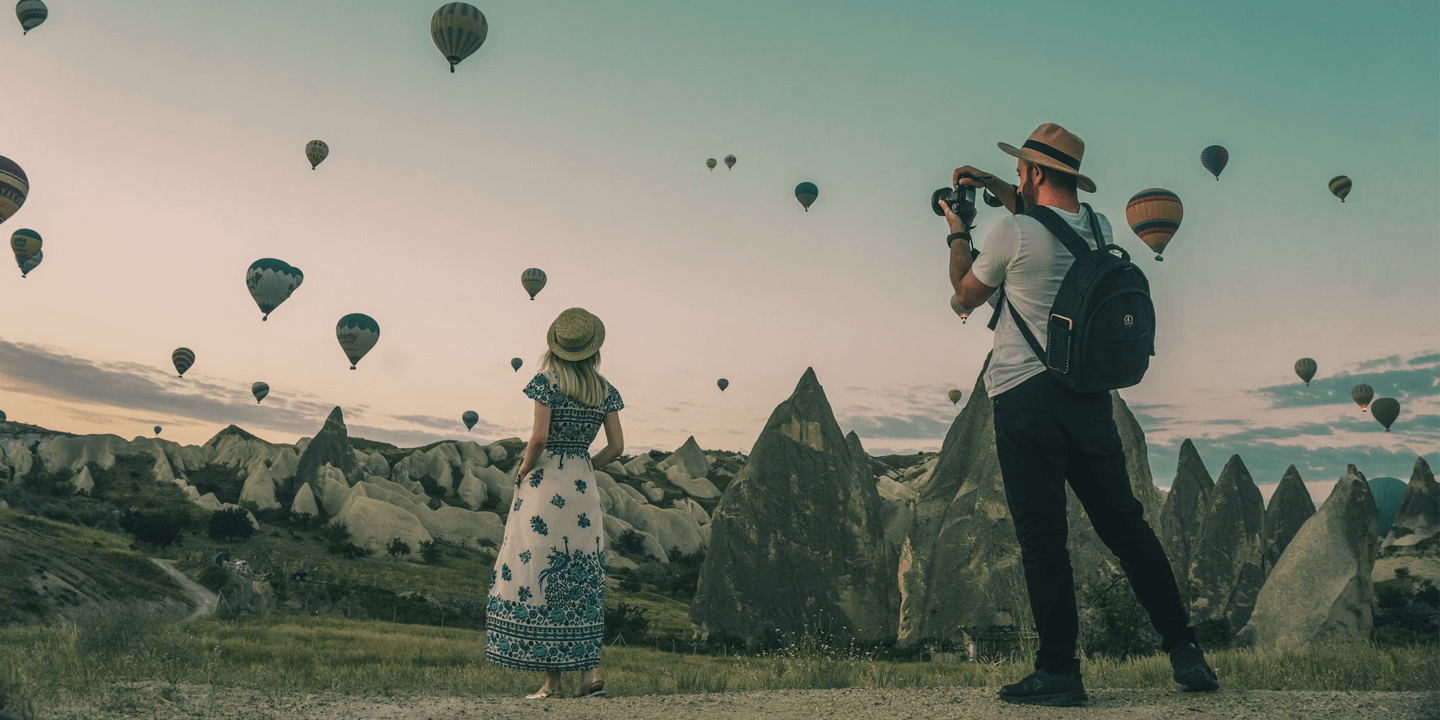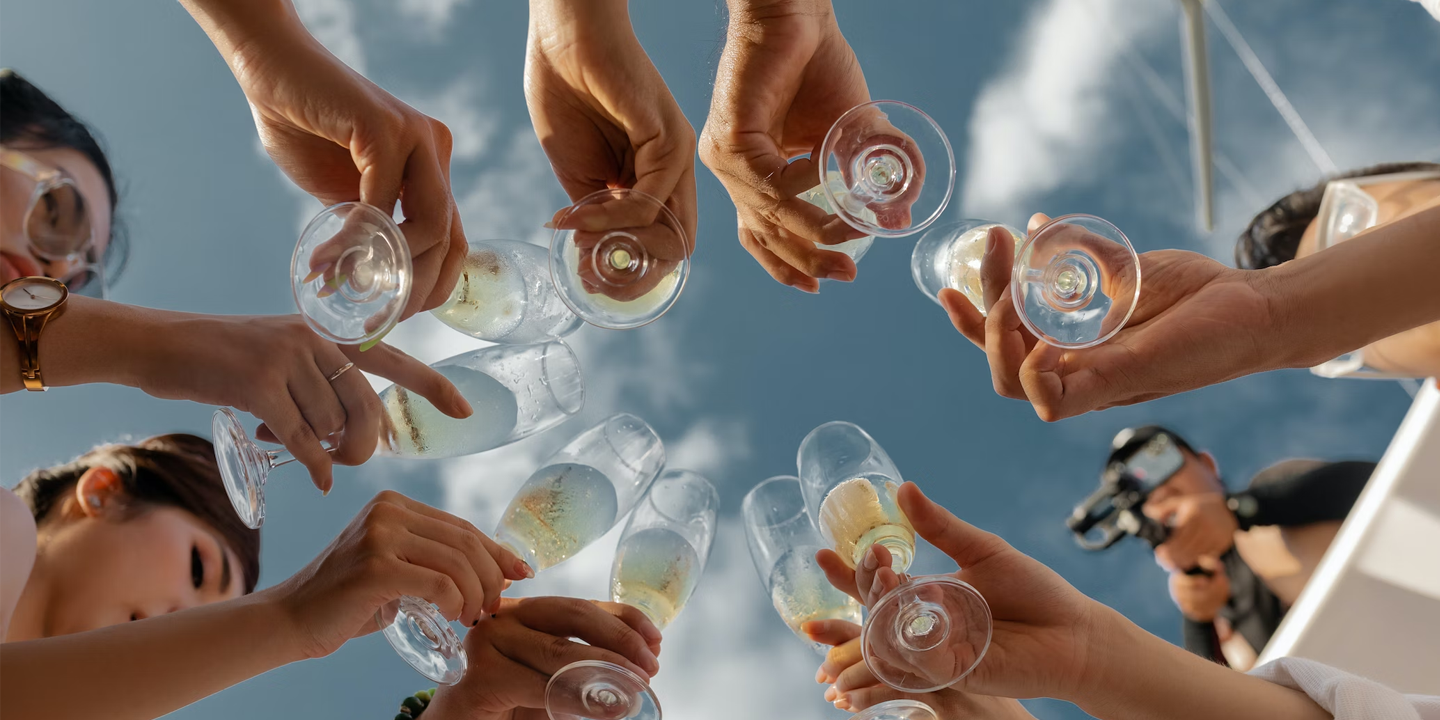Europe, the birthplace of the Renaissance, the land of legends, and home to a mosaic of cultures, has more to it than the iconic Eiffel Tower or the romantic canals of Venice. While you may be acquainted with its popular tourist spots, there's a multitude of lesser-known secrets that are equally enthralling. Let's dive into 40 of these fascinating tidbits!
1. The Name 'Europe'
Europe's name is steeped in myth. It's believed to have been named after Europa, a Phoenician princess from Greek mythology. Kidnapped by Zeus, she became the first queen of Crete. Over time, her name was attributed to this vast continent.
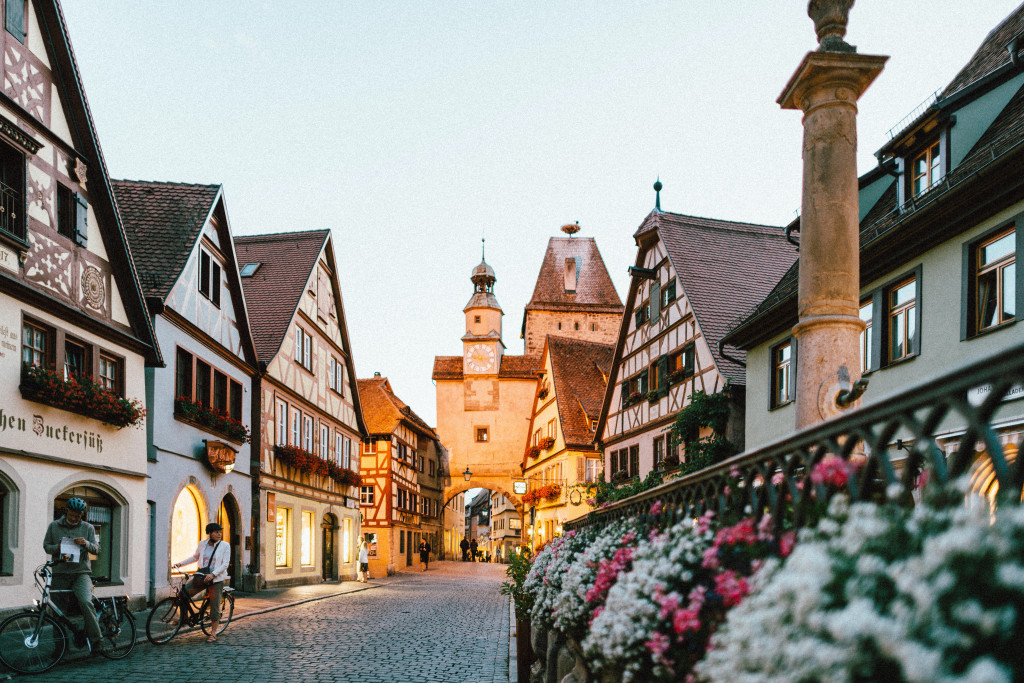 Photo by Roman Kraft on Unsplash
Photo by Roman Kraft on Unsplash
2. A Floating Post Office in Switzerland
Lake Geneva boasts a unique attraction: a boat that functions as a fully operational post office. These postal boats transport mail, passengers, and cargo between various towns and villages along the lake's shores. Tourists can send postcards and buy stamps, all while soaking in the scenic beauty of the Swiss waters.
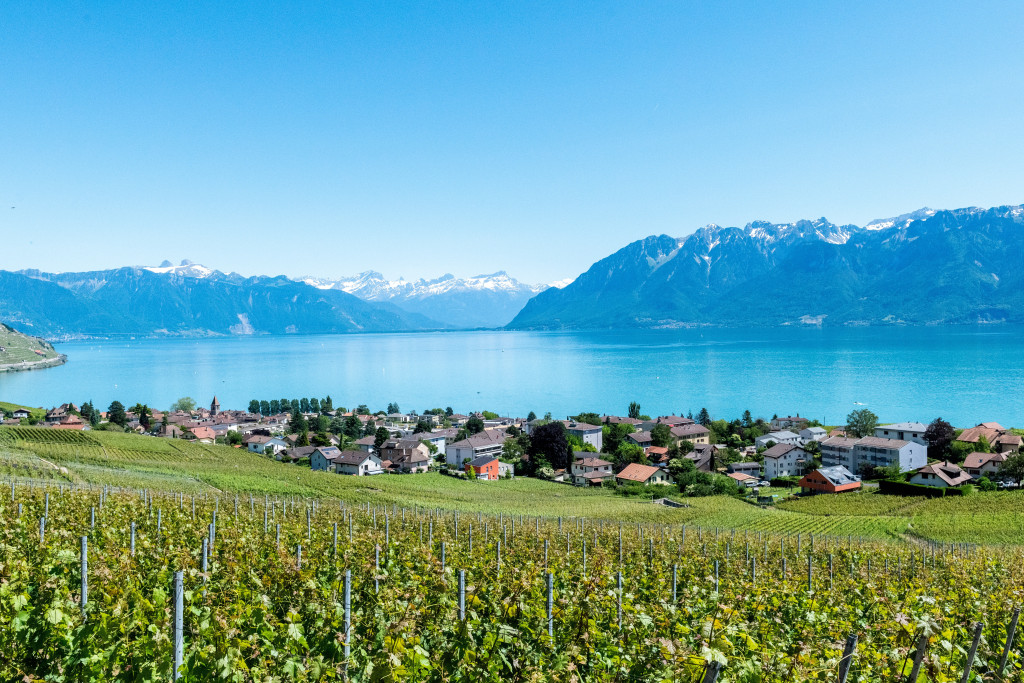 Photo by Gabriel Garcia Marengo on Unsplash
Photo by Gabriel Garcia Marengo on Unsplash
3. The Smallest Town in the World
Hum, located in Croatia, is often regarded as the world's smallest town. With a population fluctuating around 20 inhabitants, this charming place boasts of history, culture, and stunning vistas despite its size. It has a rich history and a charming, picturesque atmosphere, making it a popular tourist destination.
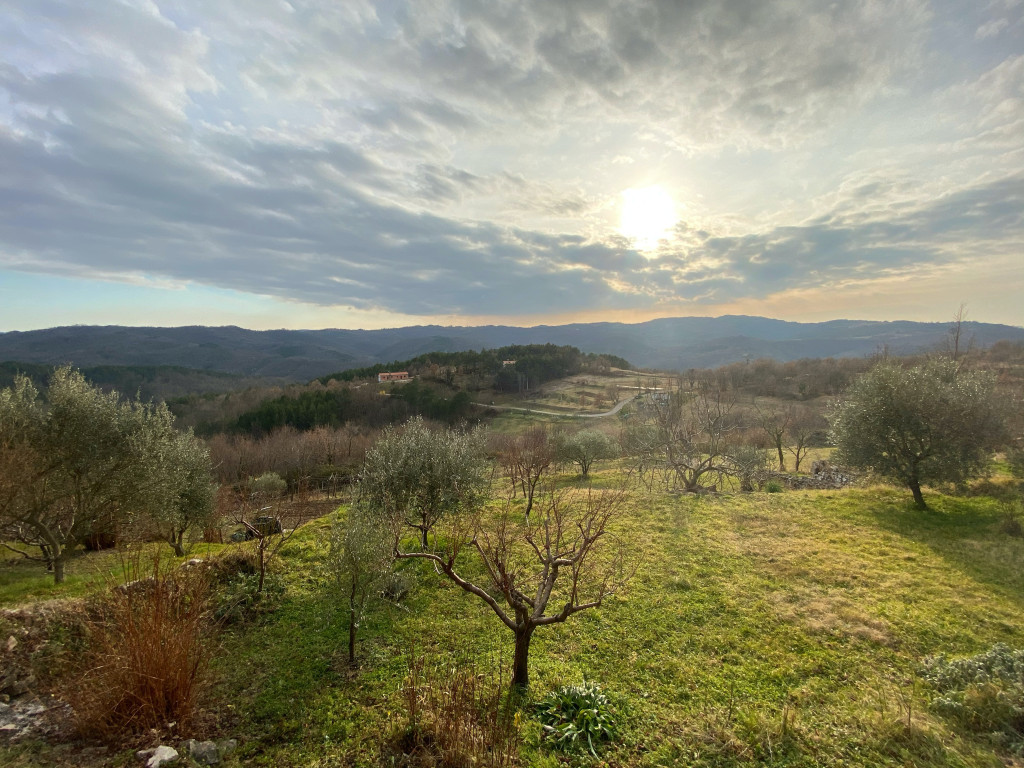 Photo by Lucija Marjanovic on Unsplash
Photo by Lucija Marjanovic on Unsplash
4. Norway's Tunnel Network
Norway houses the world's longest road tunnel, the Lærdal Tunnel, stretching over 15 miles. Another notable tunnel is the Laerdal-Aurland Tunnel, which is part of the E16 highway and provides a vital transportation link between Oslo and Bergen. This Nordic country has an intricate tunnel system, owing to its mountainous terrain, making road trips an adventure!
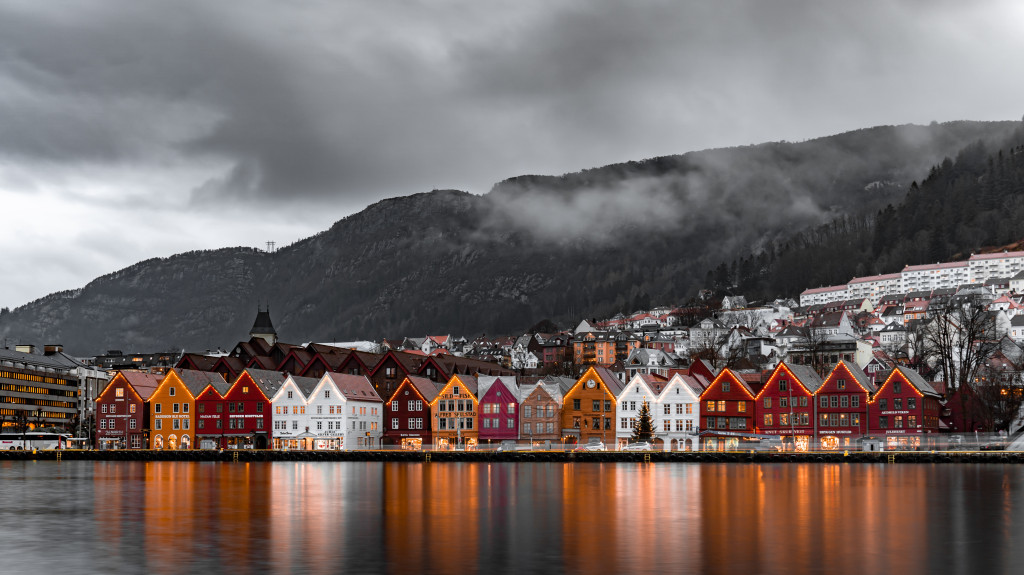 Photo by Michael Fousert on Unsplash
Photo by Michael Fousert on Unsplash
5. Italy's Coin-Throwing Tradition
At Rome's Trevi Fountain, it's customary to toss three coins over your left shoulder into the water. Legend says one coin ensures a return to Rome, the second leads to a new romance, and the third guarantees marriage. So get tossin'!
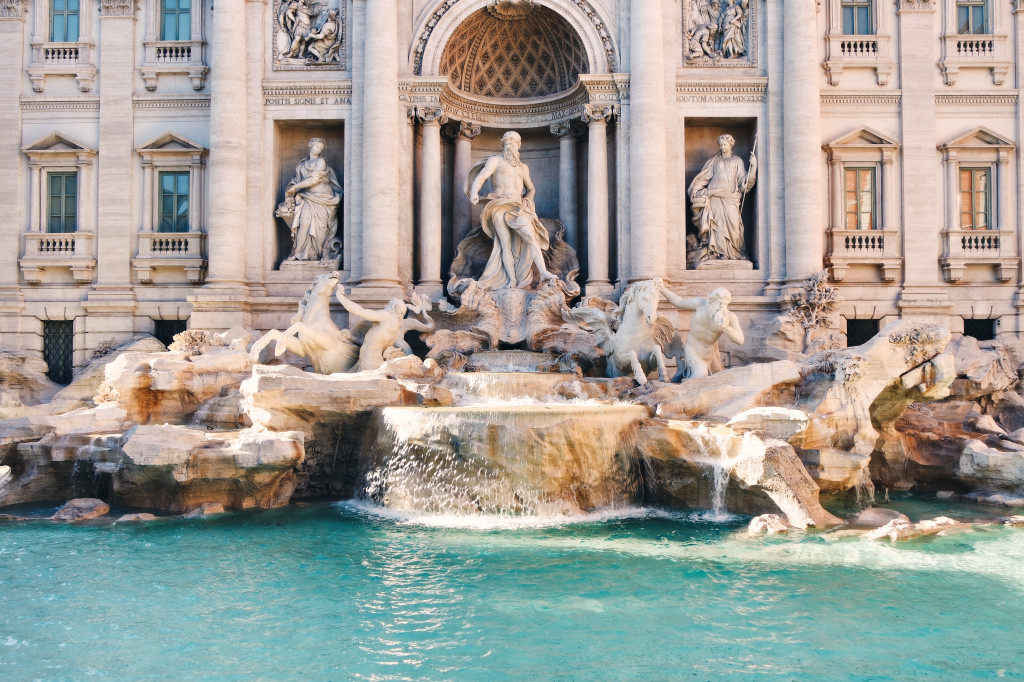 Photo by Michele Bitetto on Unsplash
Photo by Michele Bitetto on Unsplash
6. Spain’s La Tomatina
Buñol, a Spanish town, hosts La Tomatina – an annual tomato fight just for fun! The festival typically takes place on the last Wednesday in August and attracts thousands of people from around the world. Thousands gather to pelt each other with overripe tomatoes, painting the town red in a delightful and juicy mess.
 Photo by Alex Ghizila on Unsplash
Photo by Alex Ghizila on Unsplash
7. Finland's Sauna Obsession
There are approximately 2 million saunas in Finland, catering to its 5 million inhabitants. Saunas play a significant role in Finnish culture, being a place of relaxation, contemplation, and even birth! Finnish people believe that saunas have numerous health benefits, including relaxation, improved circulation, and stress relief. Saunas are considered a place for both physical and mental well-being.
8. Portugal’s Bookshop Beauty
Livraria Lello was built in 1906. Its stunning architectural features and interior design have made it a cultural landmark and a must-visit destination for book lovers and tourists visiting Porto, Portugal. Livraria Lello is one of the world's most beautiful bookstores. With its ornate wooden interiors and stunning staircase, it's believed to have inspired J.K. Rowling's vision of Hogwarts.
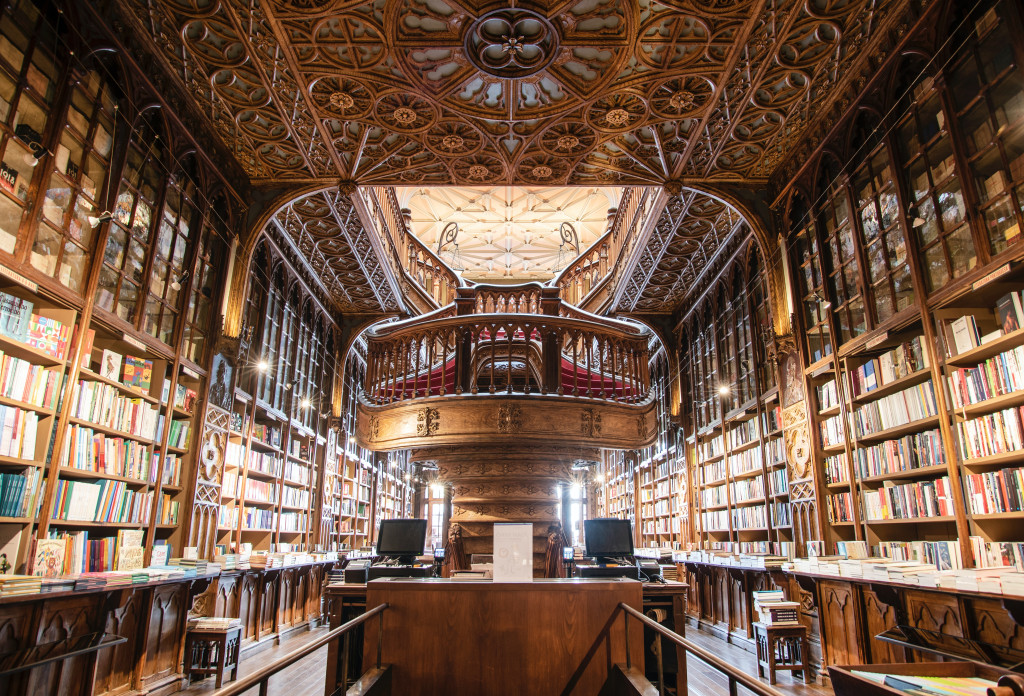 Photo by Ivo Rainha on Unsplash
Photo by Ivo Rainha on Unsplash
9. France's “Useful” Eiffel Tower
The Eiffel Tower has long been used for telecommunications purposes. Its height and central location in Paris make it an ideal structure for antennas and broadcasting equipment. It continues to house various radio and television transmitters. Beyond being a tourist attraction, the Eiffel Tower also served as a scientific laboratory. Gustave Eiffel had an office at its top, where he conducted meteorological and aerodynamic experiments.
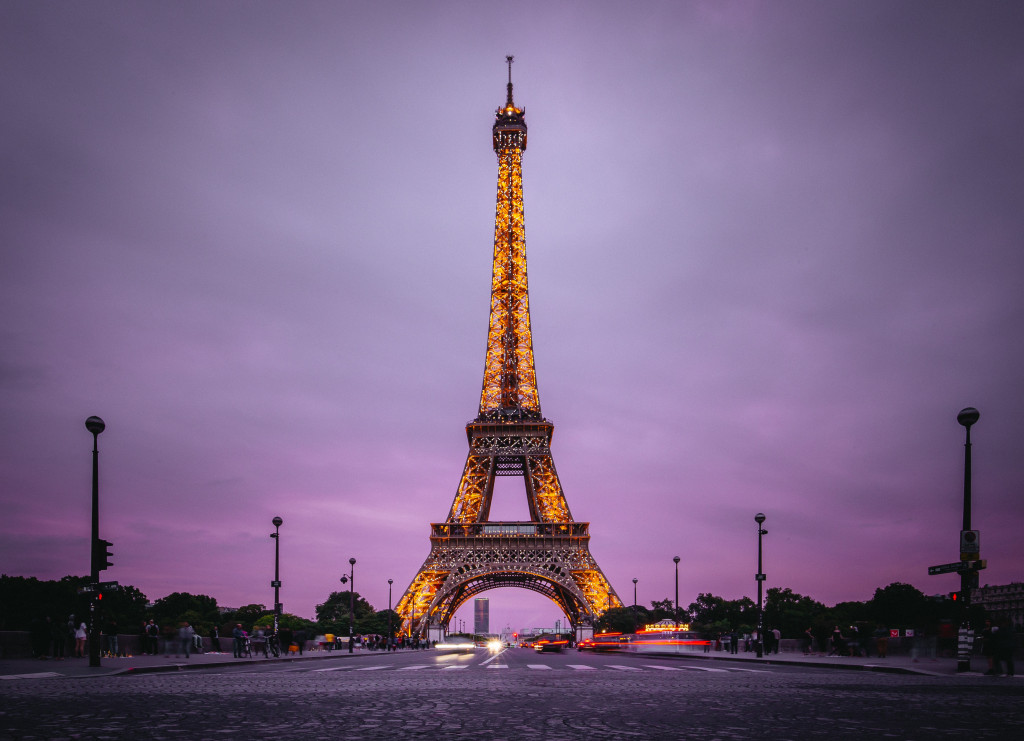 Photo by Denys Nevozhai on Unsplash
Photo by Denys Nevozhai on Unsplash
10. The Two Capitals of the Netherlands
Amsterdam is the official capital of the Netherlands, but The Hague is where the government sits. This city houses the Dutch Parliament, making it the de facto administrative capital. The historical reason for having two capitals can be traced back to the Dutch Republic's formation in the 16th century. Amsterdam was a major trading and economic hub, while The Hague was chosen as the centre for political and administrative functions.
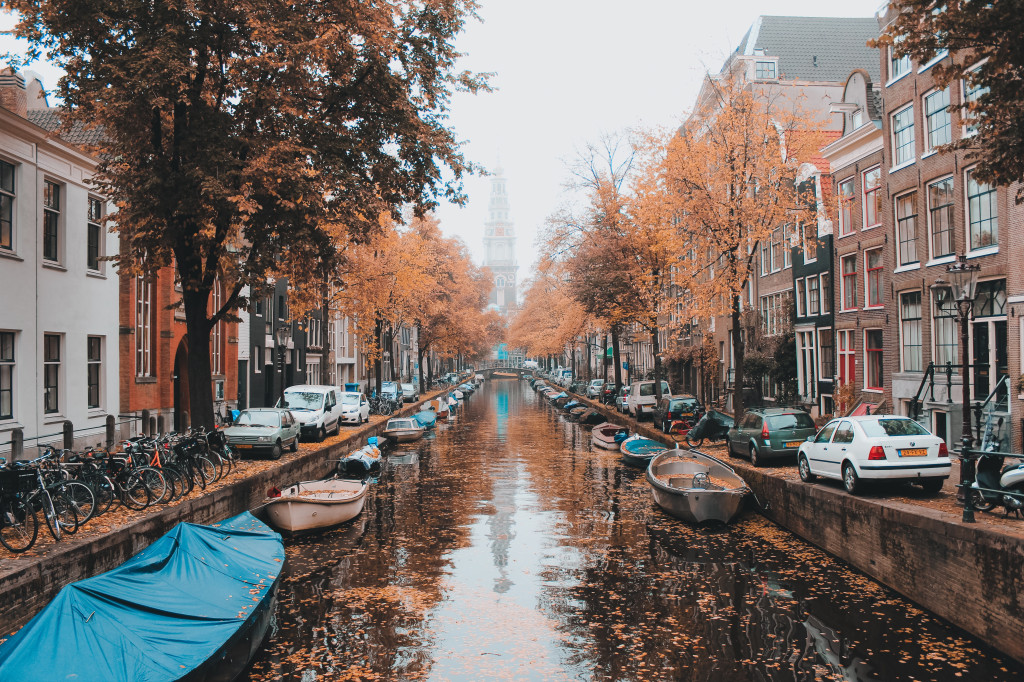 Photo by Miltiadis Fragkidis on Unsplash
Photo by Miltiadis Fragkidis on Unsplash
11. Germany's Fairy-Tale Road
The German Fairy-Tale Road stretches 600 km and passes through towns associated with the tales of the Brothers Grimm. Think of "Little Red Riding Hood" and "Hansel and Gretel" landscapes! Along the road, visitors can explore charming towns like Hanau, the birthplace of the Brothers Grimm, and Hamelin, famous for the Pied Piper legend. The road is not only a delightful route for fairy tale enthusiasts but also offers a glimpse into Germany's rich cultural heritage and stunning landscapes.
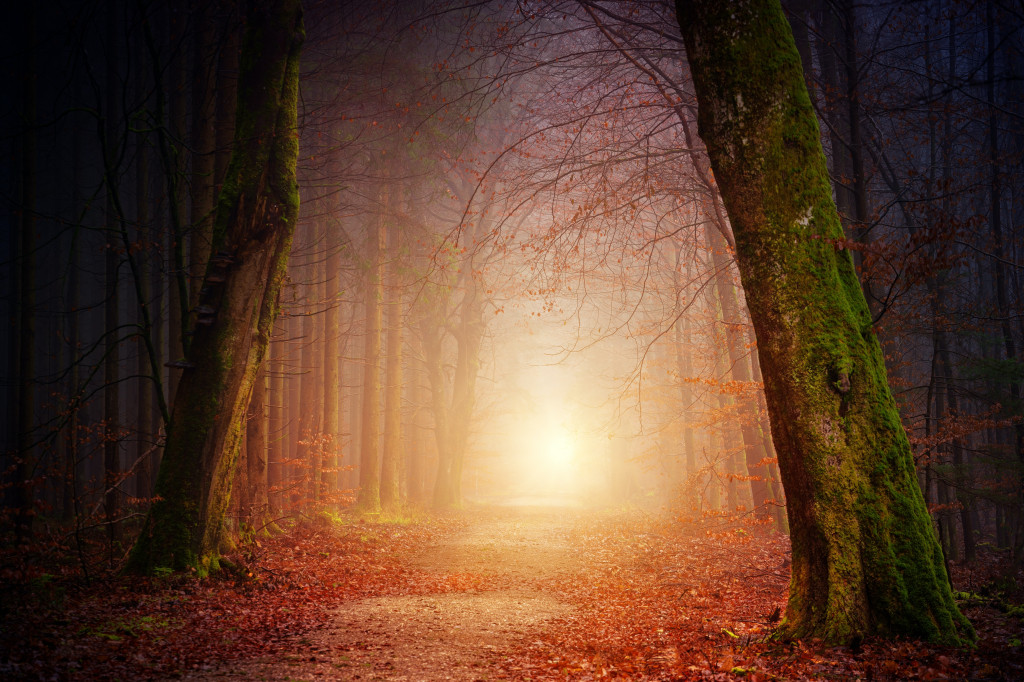 Photo by Johannes Plenio on Unsplash
Photo by Johannes Plenio on Unsplash
12. The UK's “Other” Language
While English is predominant, Welsh remains alive in Wales. Welsh remains an official language, and there is a concerted effort to promote its use and preserve Wales's linguistic heritage. With town names like Llanfairpwllgwyngyllgogerychwyrndrobwllllantysiliogogogoch, it's a tongue-twister for sure!
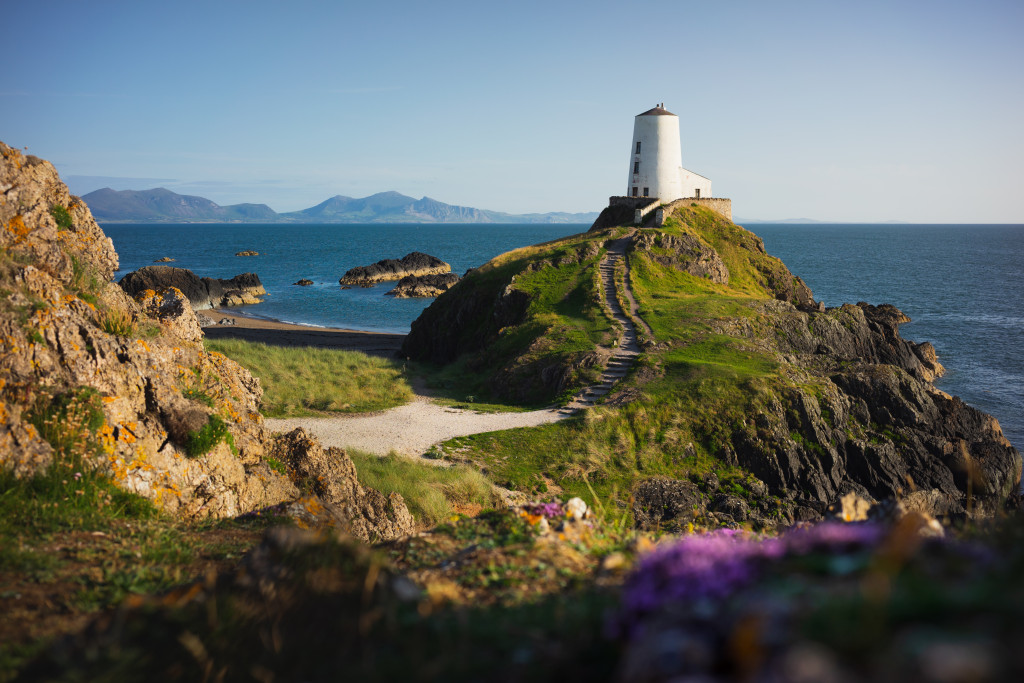 Photo by Daniel Seßler on Unsplash
Photo by Daniel Seßler on Unsplash
13. Austria’s Sewer Tours
Vienna offers guided tours of its historical sewer system, made famous by the movie "The Third Man". It's an underground dive into the city’s history and cinematic legacy.
14. Hungary’s Thermal Baths
Budapest is known as the "City of Spas", with over 100 thermal springs. Many of its bathhouses date back to the Roman and Ottoman periods, offering therapeutic waters in architecturally stunning settings. These thermal baths offer visitors a unique opportunity to relax, rejuvenate, and experience the healing properties of Hungary's natural thermal waters, all while enjoying the country's rich spa culture and architectural heritage.
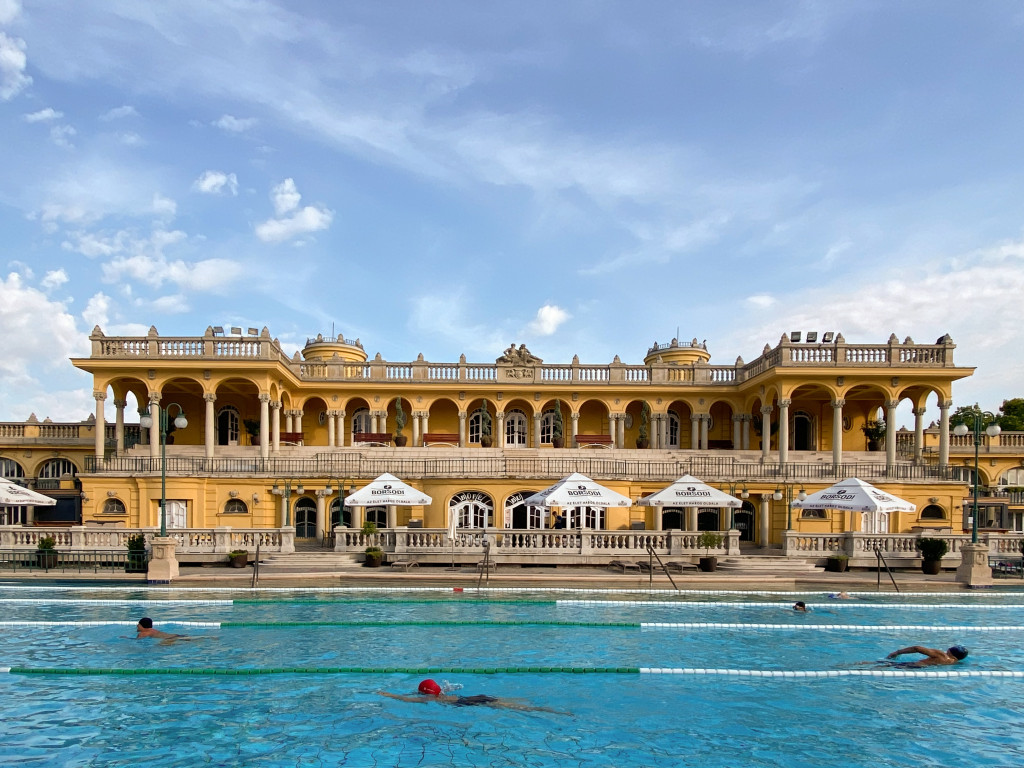 Photo by Linda Gerbec on Unsplash
Photo by Linda Gerbec on Unsplash
15. Sweden's Unique Golf Course
In the northernmost part of Sweden, there's a golf course split between two countries. Half of the Tornio Golf Club lies in Sweden, and the other half in Finland! This golf course offers golf enthusiasts a chance to enjoy the sport amid the beautiful natural landscapes of northern Finland. It typically features 18 holes, and golfers can play while taking in the scenic views of the surrounding countryside.
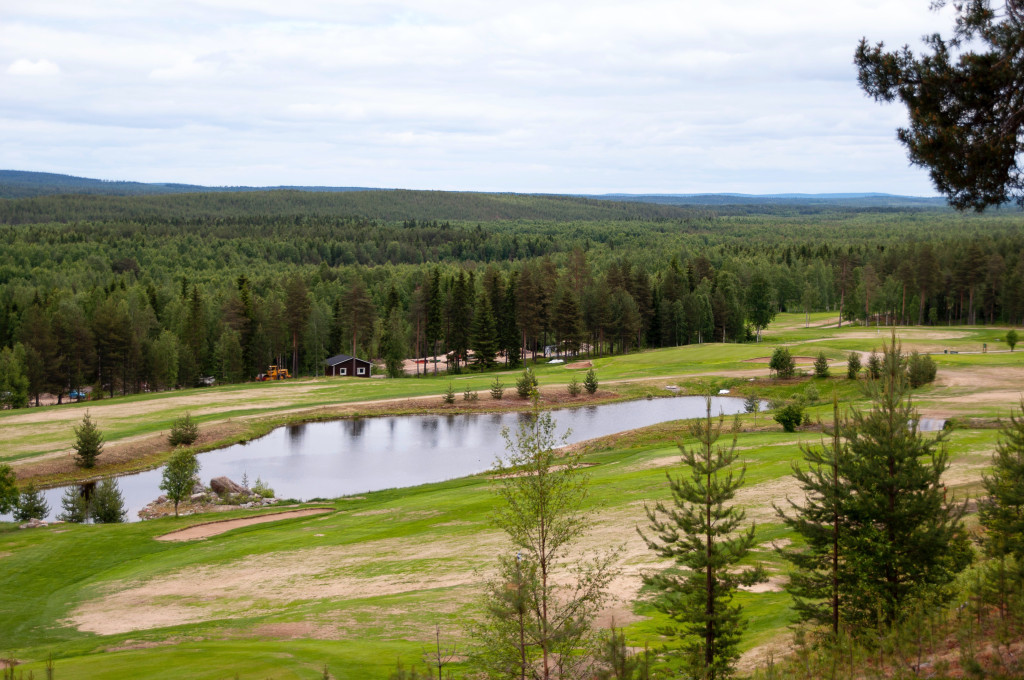 Photo by Nikolai Artamonov on Unsplash
Photo by Nikolai Artamonov on Unsplash
16. Greece's No Electronic Games Law
In 2002, Greece temporarily banned all electronic games, fearing illegal gambling. These regulations were primarily aimed at controlling and regulating gambling activities, including electronic gaming machines, casinos, and online gambling. Though the law was meant to curb online gambling, its wording accidentally banned video games too!
 Photo by Aidan Howe on Unsplash
Photo by Aidan Howe on Unsplash
17. Iceland's No Mosquitoes Quirk
Oddly, mosquitoes are virtually non-existent in Iceland. Thanks to its unique ecosystem and climate, these pesky insects don’t breed there. While Iceland does have other flying insects, such as midges and black flies, the absence of mosquitoes is a relief to both residents and visitors, as it means there is less nuisance from biting insects during the summer months.
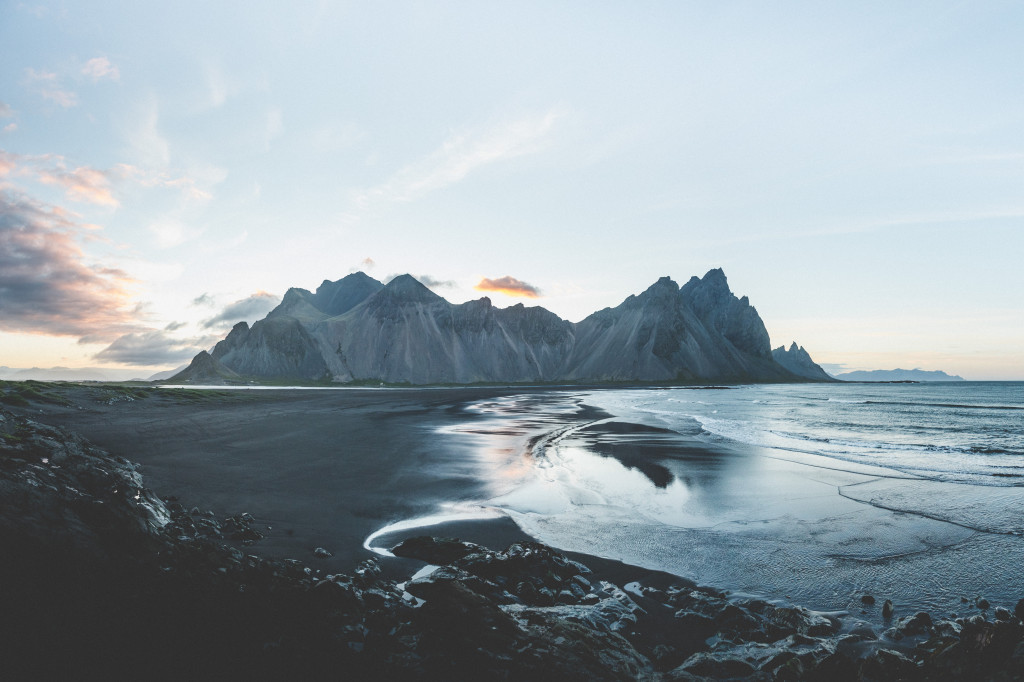 Photo by Norris Niman on Unsplash
Photo by Norris Niman on Unsplash
18. Malta’s Ancient Structures
Predating Stonehenge and the Egyptian pyramids, Malta's Ġgantija temples are among the world's oldest free-standing structures, showcasing an architectural marvel from 3600 BC. Ġgantija is a significant archaeological site that offers insights into the prehistoric culture and society of Malta's early inhabitants. The temples are believed to have had religious and ritualistic purposes.
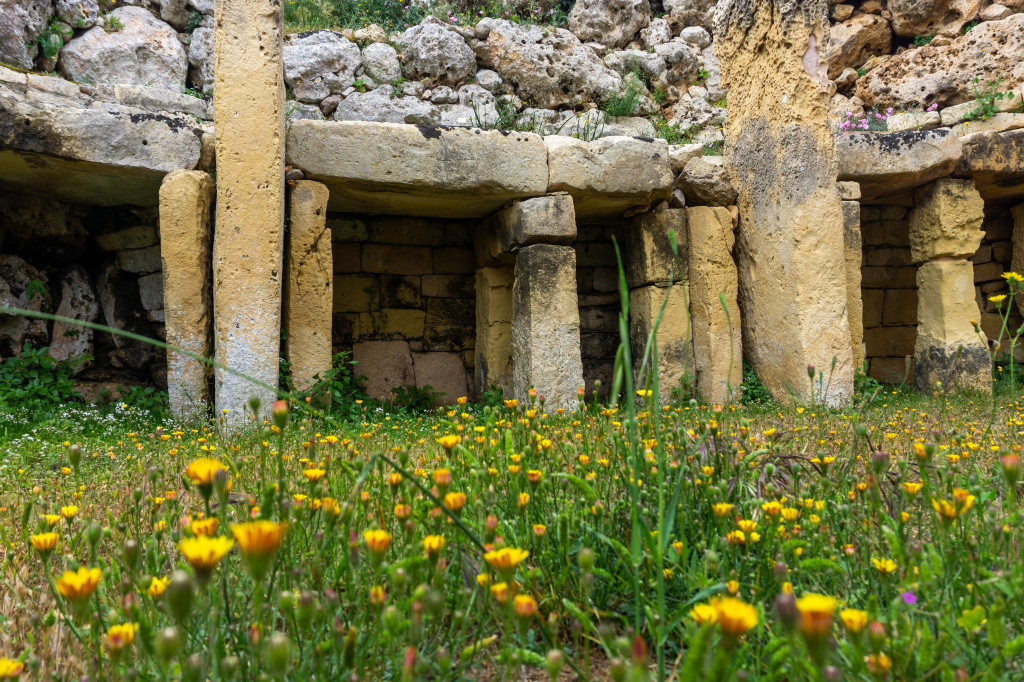 Photo by Eva Darron on Unsplash
Photo by Eva Darron on Unsplash
19. Switzerland's Preparedness
Switzerland is said to have enough bunkers to accommodate its entire population. Switzerland is known for its policy of armed neutrality and has historically maintained a well-prepared civil defence system, including the construction of bomb shelters and fallout shelters to protect its population in case of a military conflict or nuclear attack. These shelters are often referred to as bunkers, but they are not offensive military installations.
20. Belgium's Paving Bricks Tradition
Belgians are known for their comics. Belgium has a rich tradition of comic books, and it is often considered one of the birthplaces of the comic book medium. In Brussels, you can walk a Comic Strip Route, with over 50 mural paintings of classic comic book characters adorning the walls.
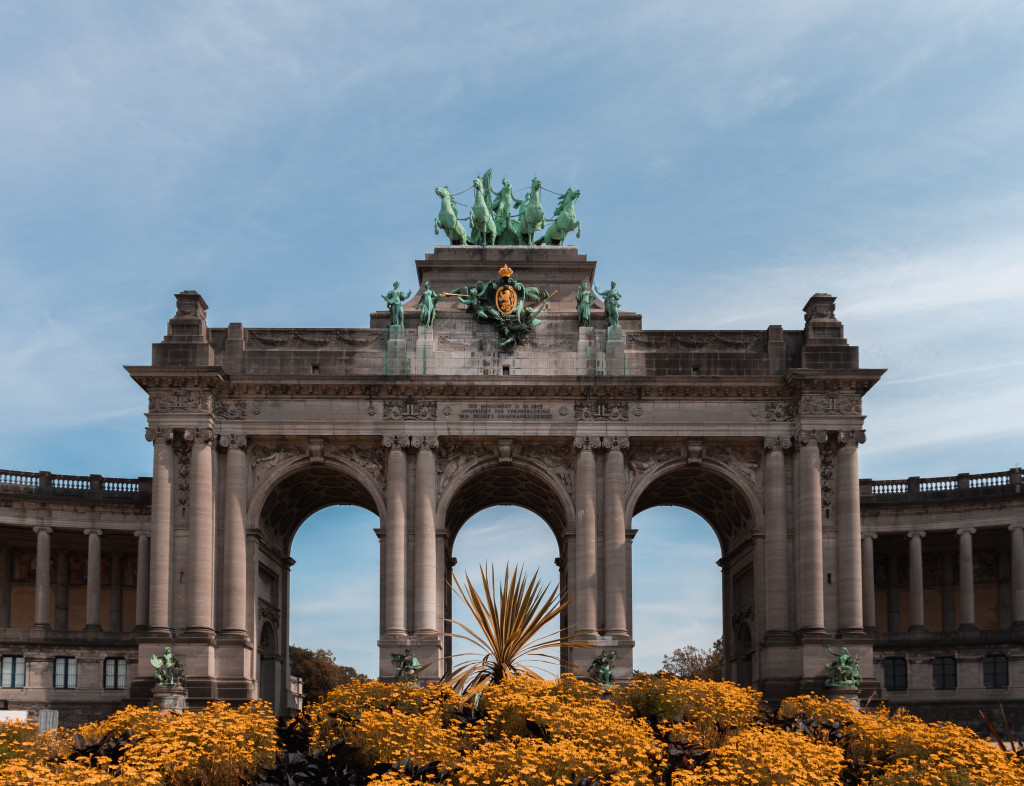 Photo by François Genon on Unsplash
Photo by François Genon on Unsplash
21. Denmark's Equal Representation Bridge
In Copenhagen, the Circle Bridge is designed for pedestrians and cyclists, emphasizing the city’s commitment to eco-friendly transportation and equal representation on roads. It is known for its unique and artistic design, and it was officially opened to the public in 2015. It connects the Christiansbro area with Applebys Plads, facilitating easier and more aesthetically pleasing passage for pedestrians and cyclists.
22. Poland's Crooked Forest Mystery
Poland's Crooked Forest, known as "Krzywy Las" in Polish, is a mysterious and unique grove of pine trees located near the village of Gryfino in western Poland. What sets this forest apart and makes it famous is the peculiar and unexplained curvature of its trees. The Crooked Forest in Poland has approximately 400 pine trees that grow with a 90-degree bend at their base. The reason remains a mystery, though theories abound!
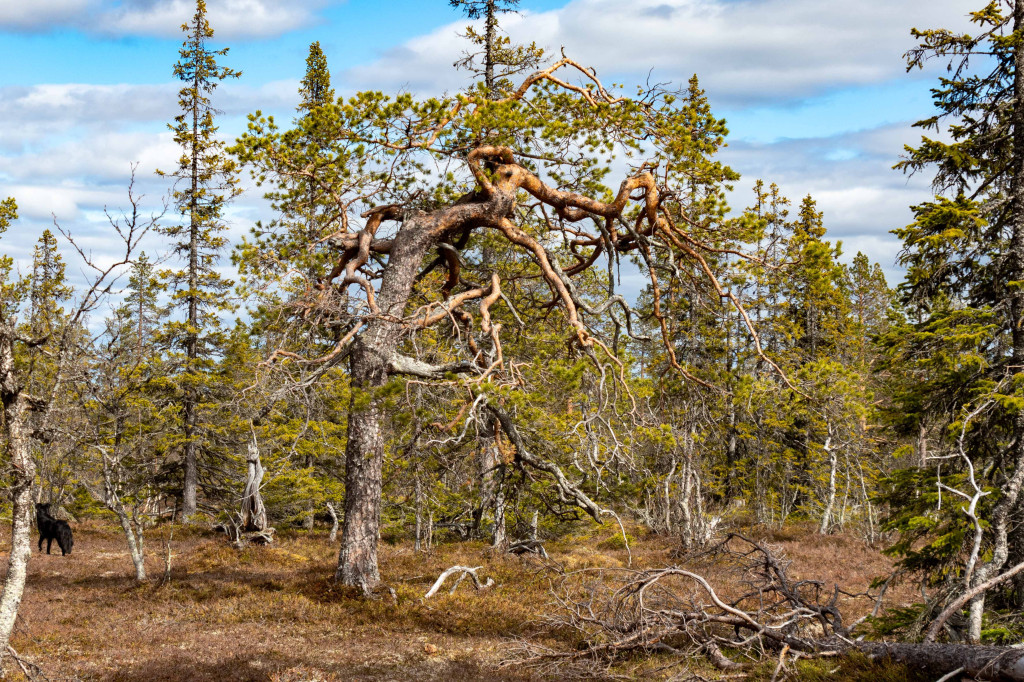 Photo by Lasse Nystedt on Unsplash
Photo by Lasse Nystedt on Unsplash
23. Latvia’s Celebration of Names
Latvia celebrates Name Days, which are as important, if not more, than birthdays. Name days in Latvia are based on the calendar of saints and are associated with specific given names. The celebration of name days reflects Latvia's historical ties to Christianity and its rich cultural traditions. Each day is dedicated to certain names, and if yours matches, get ready for a party!
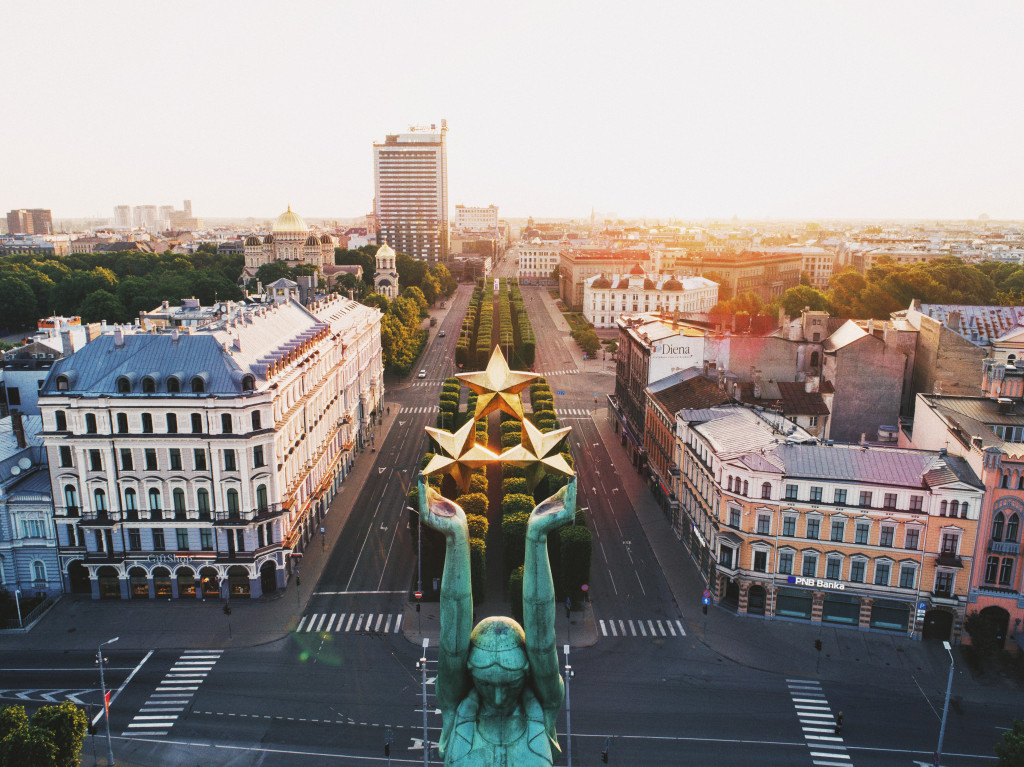 Photo by Ivars Utināns on Unsplash
Photo by Ivars Utināns on Unsplash
24. Ireland's "Magic Road"
In County Louth, there’s a road where cars appear to roll uphill when in neutral. The phenomenon at the Magic Road is an optical illusion that gives the appearance of vehicles moving uphill when they are actually going downhill. It creates the perception that gravity is working in reverse.
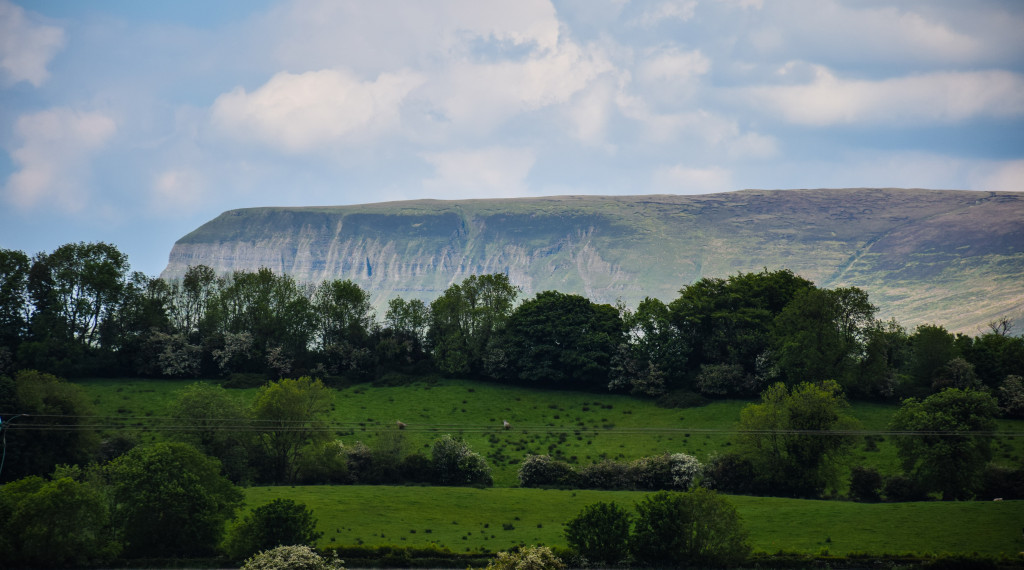 Photo by Sibeesh Venu on Unsplash
Photo by Sibeesh Venu on Unsplash
25. Macedonia’s Statue Extravaganza
Skopje, Macedonia's capital, underwent a transformation with hundreds of statues erected. These statues and monuments vary in style and subject matter, often reflecting historical, cultural, and political themes. Some love the grandiosity; others feel it’s a tad too much.
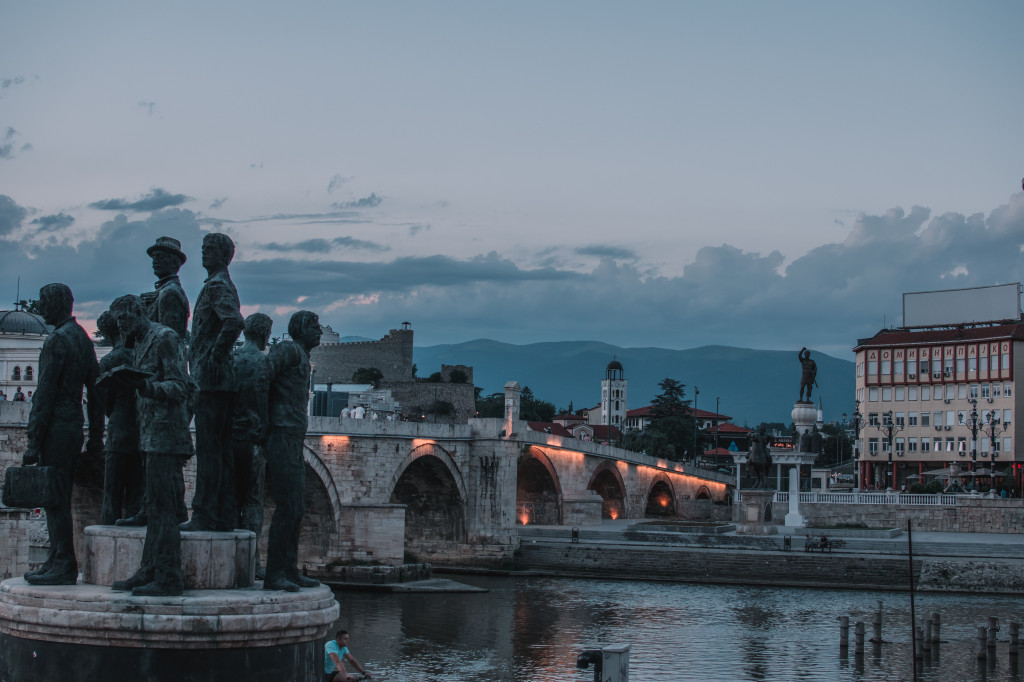 Photo by Nikola Mihajloski on Unsplash
Photo by Nikola Mihajloski on Unsplash
26. Romania's Merry Cemetery
Instead of sombre tombstones, the Merry Cemetery in Romania features vibrant crosses with lighthearted epitaphs, celebrating life rather than mourning death. The Merry Cemetery takes a positive and lighthearted approach to death, focusing on celebrating the lives of those who have passed away rather than mourning their loss. It reflects the resilience and creativity of the local community in celebrating life and embracing the inevitability of death.
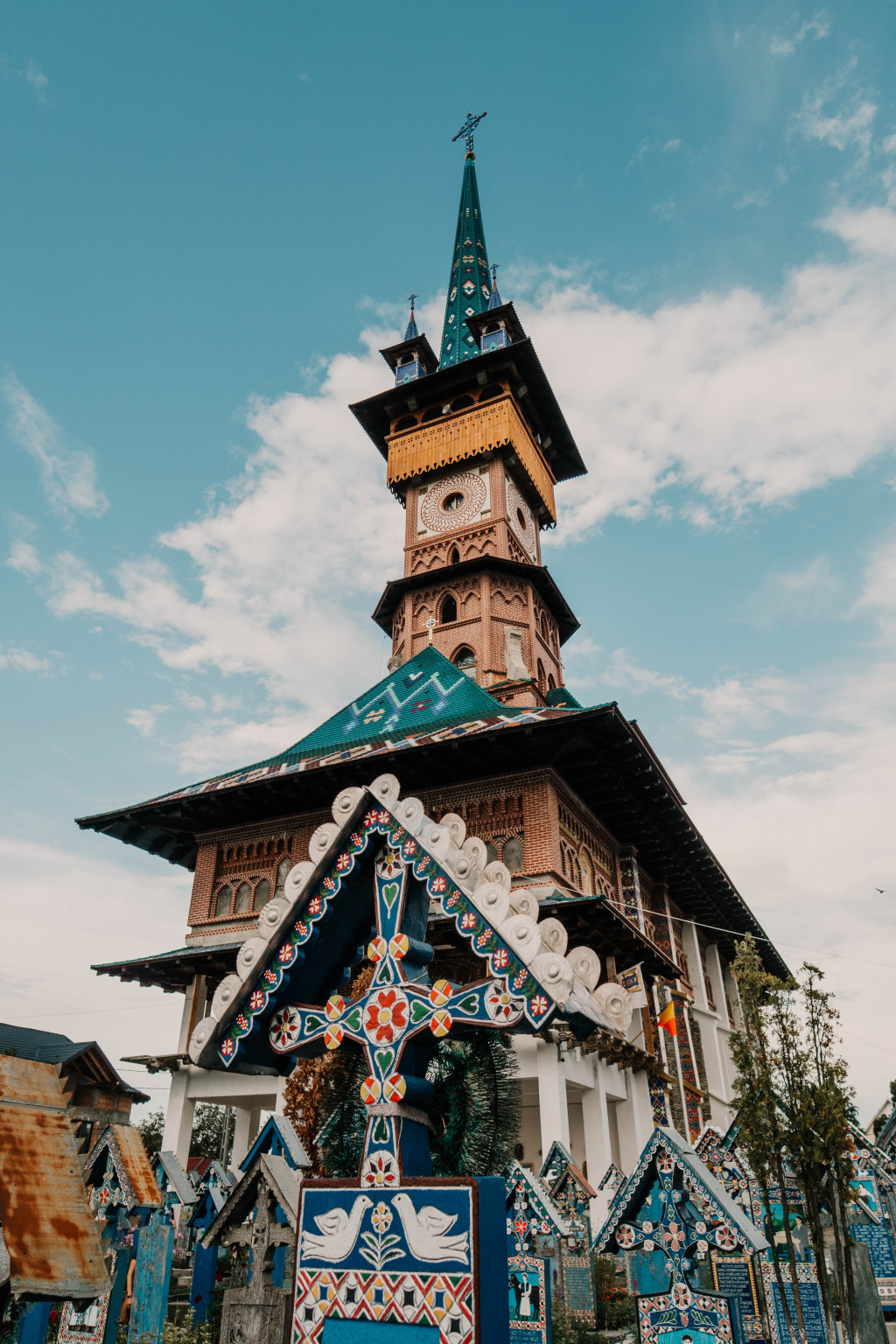 Photo by Toa Heftiba on Unsplash
Photo by Toa Heftiba on Unsplash
27. Slovenia’s Love for Bees
Beekeeping, or apiculture, has a deep-rooted tradition in Slovenia, dating back centuries. The country is home to a large number of beekeepers, and beekeeping is an integral part of Slovenian culture and heritage. Slovenia's commitment to beekeeping traditions, the preservation of native honeybee populations, and the quality of its honey products have earned it a reputation as a significant hub for beekeeping in Europe. They even celebrate World Bee Day and have colourful apiaries called "krapji", making them unique in the bee world.
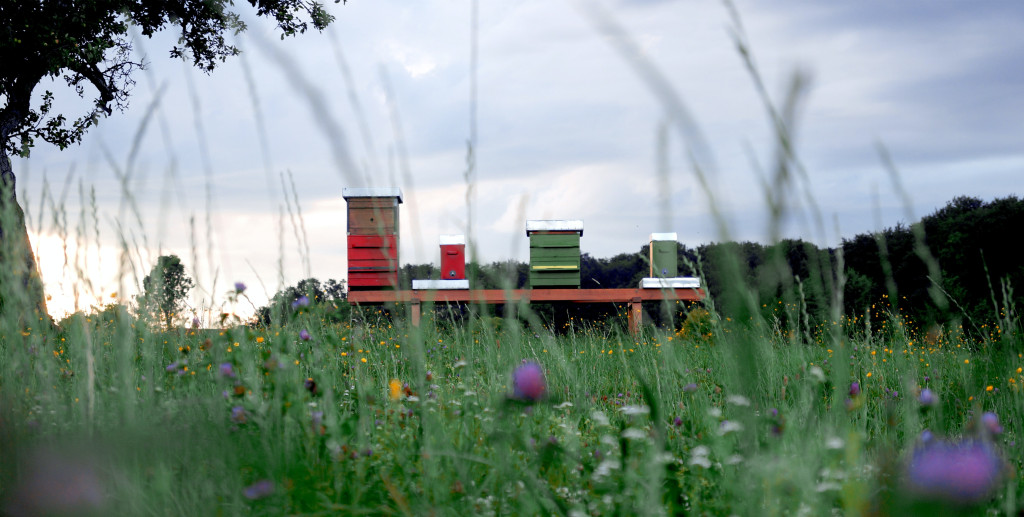 Photo by Alex Houque on Unsplash
Photo by Alex Houque on Unsplash
28. Liechtenstein’s Rental Option
Liechtenstein is a small, landlocked country in Europe. With enough money, you can rent the entire country of Liechtenstein! It was listed on Airbnb in 2011, offering a unique experience for special events.
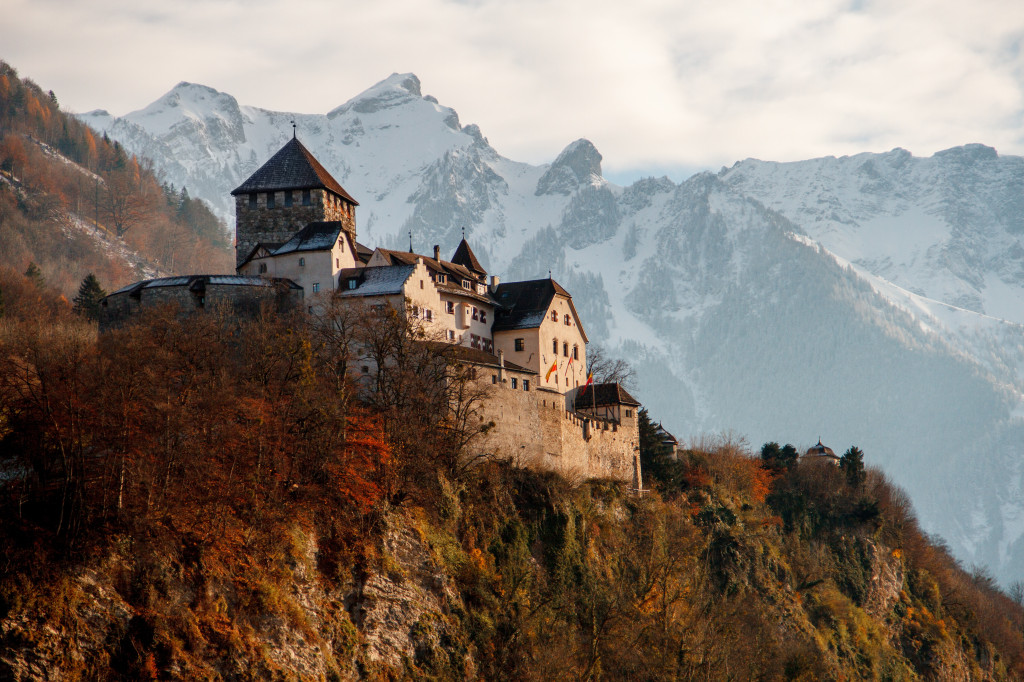 Photo by Henrique Ferreira on Unsplash
Photo by Henrique Ferreira on Unsplash
29. Luxembourg’s Multi-Lingual Nature
Luxembourgish, French, and German are all the official languages of Luxembourg. Students learn all three in school, making most Luxembourgers trilingual.
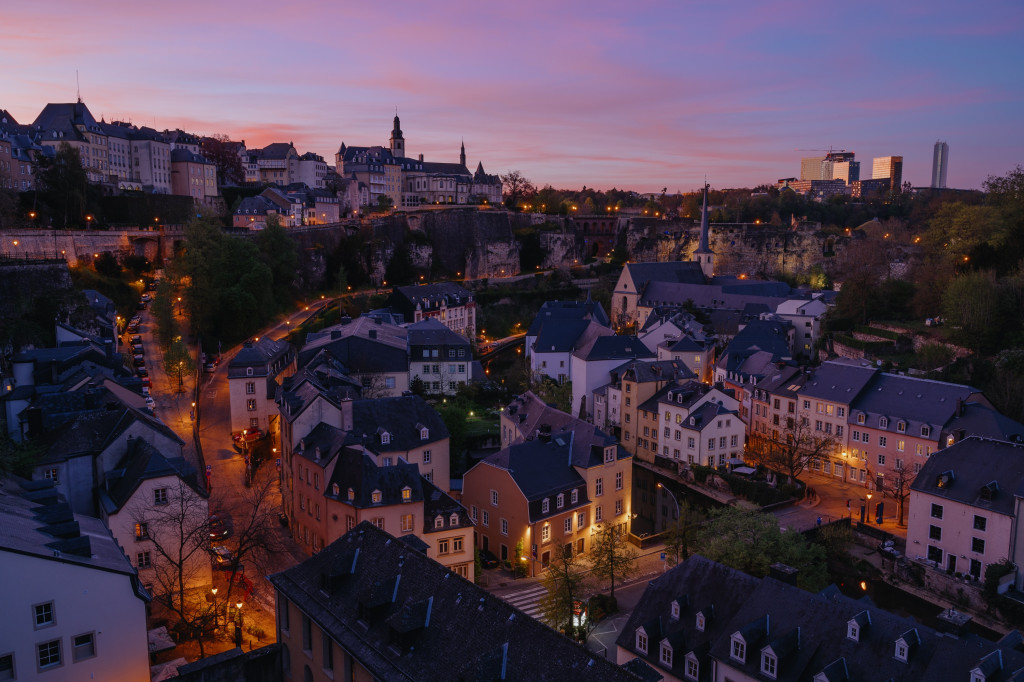 Photo by Cedric Letsch on Unsplash
Photo by Cedric Letsch on Unsplash
30. Bulgaria’s Head Nodding Quirk
In Bulgaria, nodding means "no", and shaking your head means "yes". The interpretation of the Bulgarian head nod can vary depending on the context and the intensity of the nodding. It can be quite confusing for first-time visitors! Every culture has its unique quirks and non-verbal gestures, and the Bulgarian head nod is one of those distinctive elements that adds to the richness of cultural diversity.
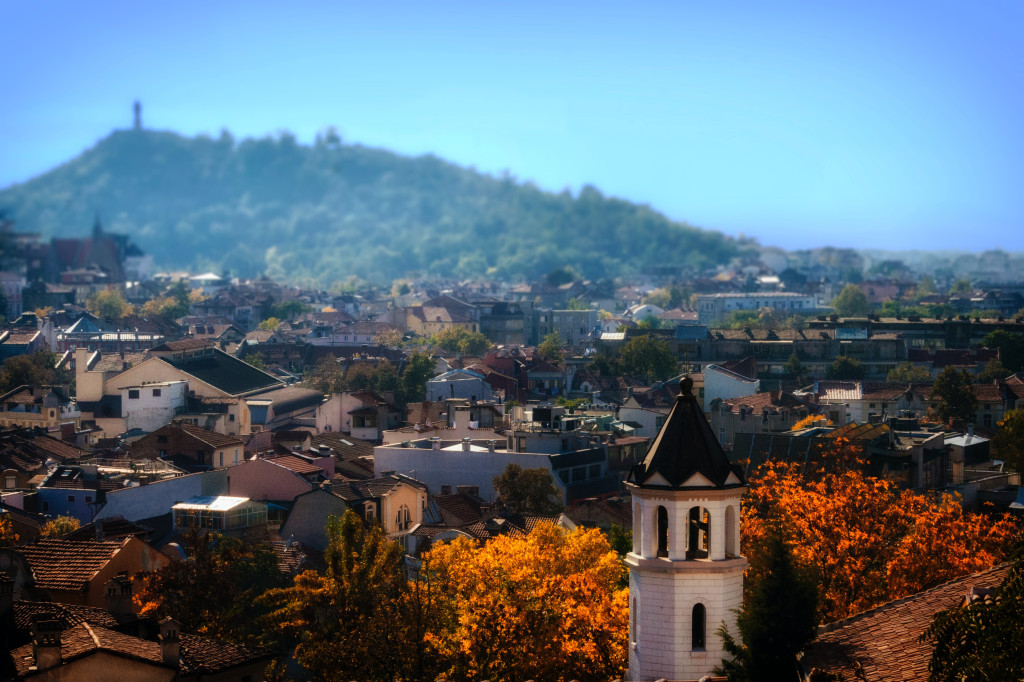 Photo by Deniz Fuchidzhiev on Unsplash
Photo by Deniz Fuchidzhiev on Unsplash
31. Czech Republic's Beer Love
The Czechs are the world's biggest beer consumers per capita. On average, each Czech citizen was estimated to consume over 140 liters of beer annually. This figure includes all ages, so the consumption rate among adults is even higher. In fact, sometimes beer is cheaper than water in restaurants!
 Photo by engin akyurt on Unsplash
Photo by engin akyurt on Unsplash
32. Ukraine's Massive Tunnel of Love
Ukraine boasts a magical-looking, naturally-formed tunnel. It is a picturesque tunnel formed by trees and vegetation, creating a beautiful and enchanting pathway. It's a popular spot for romance, and local legends say wishes made there come true. The Tunnel of Love is renowned for its romantic ambiance and scenic beauty. It has become a popular destination for couples, photographers, and tourists seeking a unique and romantic experience.
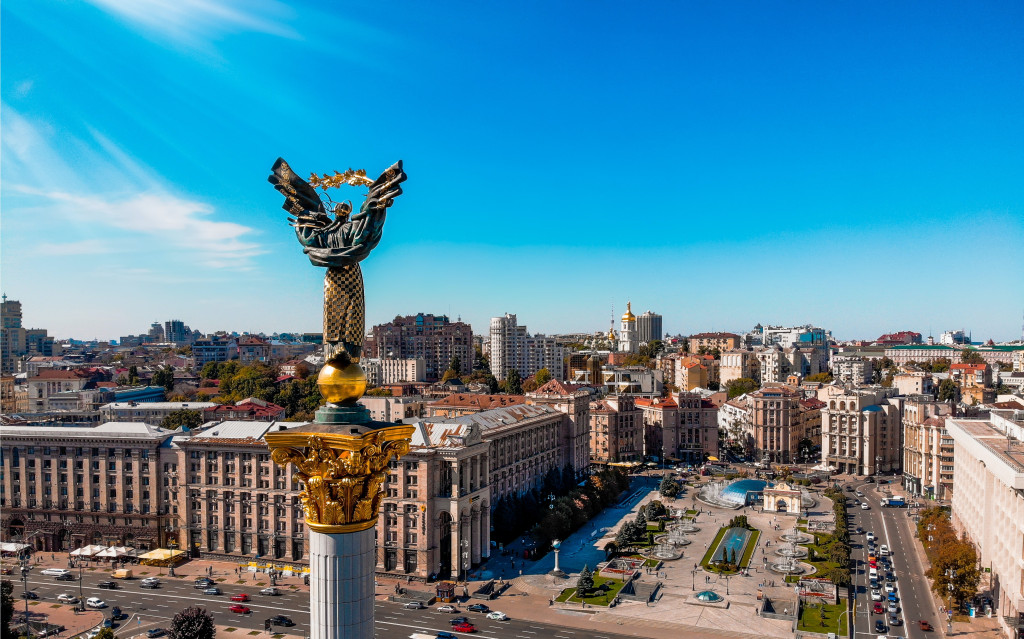 Photo by Glib Albovsky on Unsplash
Photo by Glib Albovsky on Unsplash
33. Estonia’s Digital Dominance
Estonia was the first country to offer e-residency, allowing global citizens to start and manage an EU-based company online. Estonia's e-Residency program is a pioneering initiative that allows individuals from around the world to become digital residents of Estonia, gaining access to a wide range of digital services and business opportunities without the need for physical presence in the country.
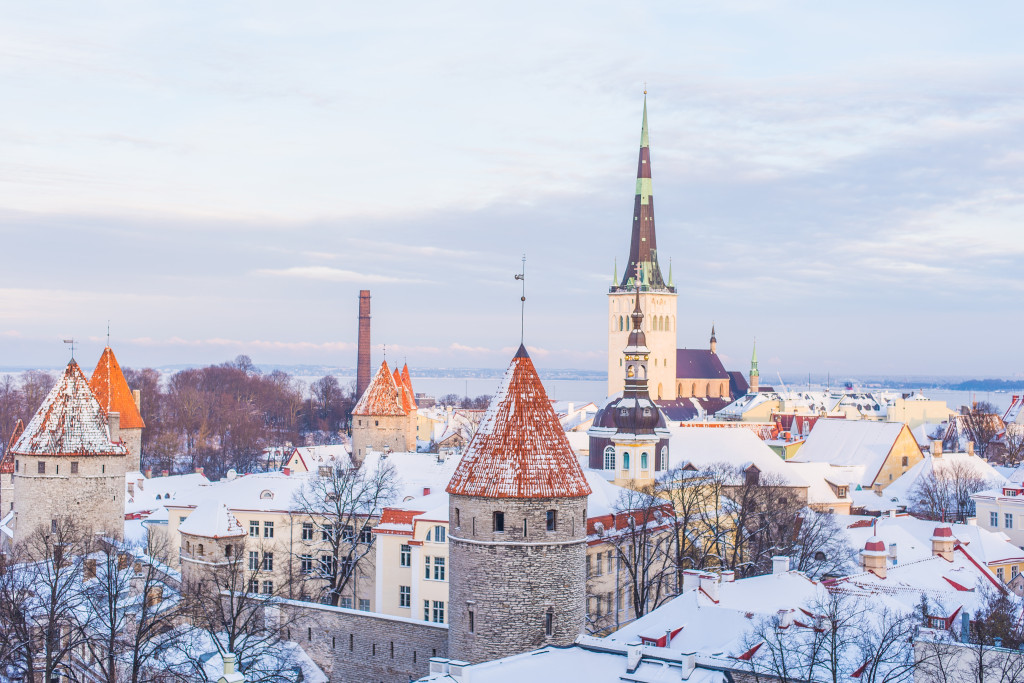 Photo by Ilya Orehov on Unsplash
Photo by Ilya Orehov on Unsplash
34. Belarus's Library Marvel
The National Library of Belarus in Minsk is a rhombicuboctahedron - a shape with 8 triangular and 18 square faces. At night, it lights up in a spectacular display. The construction of the library began in the late 1980s and was completed in 2006. It officially opened to the public on June 16, 2006. The National Library of Belarus not only serves as a repository of knowledge but also as a symbol of Belarusian culture and a center for intellectual and cultural exchange.
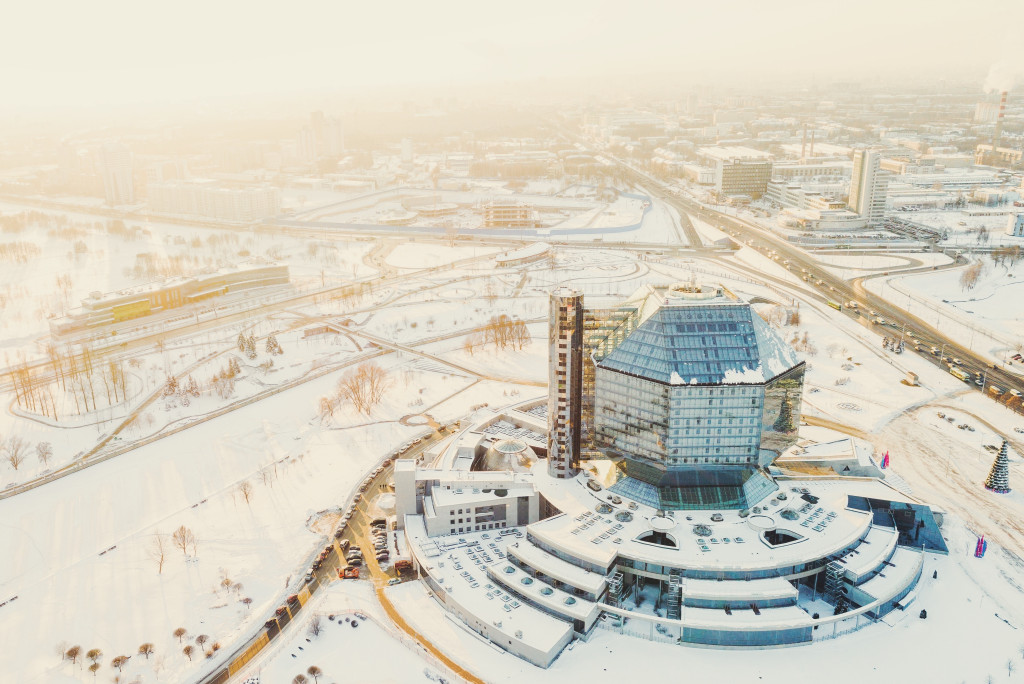 Photo by Eugene Krasnaok on Unsplash
Photo by Eugene Krasnaok on Unsplash
35. Serbia's Raspberry Supremacy
Serbia is one of the world's largest raspberry exporters. The "red gold", as it's locally known, is a significant part of their economy. Serbia primarily cultivates two main varieties of raspberries: the standard red raspberry (Rubus idaeus) and the black raspberry (Rubus occidentalis).
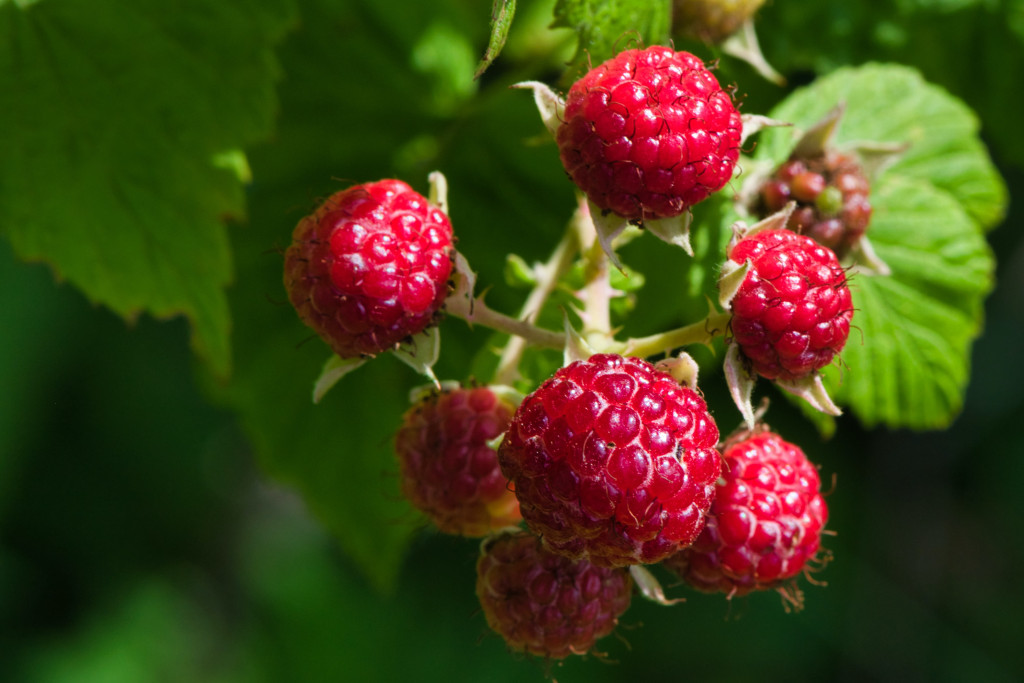 Photo by Stan Slade on Unsplash
Photo by Stan Slade on Unsplash
36. Lithuania's Užgavėnės Festival
Užgavėnės is a traditional Lithuanian festival celebrated on the Tuesday before Ash Wednesday, marking the beginning of Lent in the Christian calendar. The festival has pagan origins and is a lively and colourful celebration with unique customs and traditions. It's Lithuania's answer to Mardi Gras, with its own distinct charm.
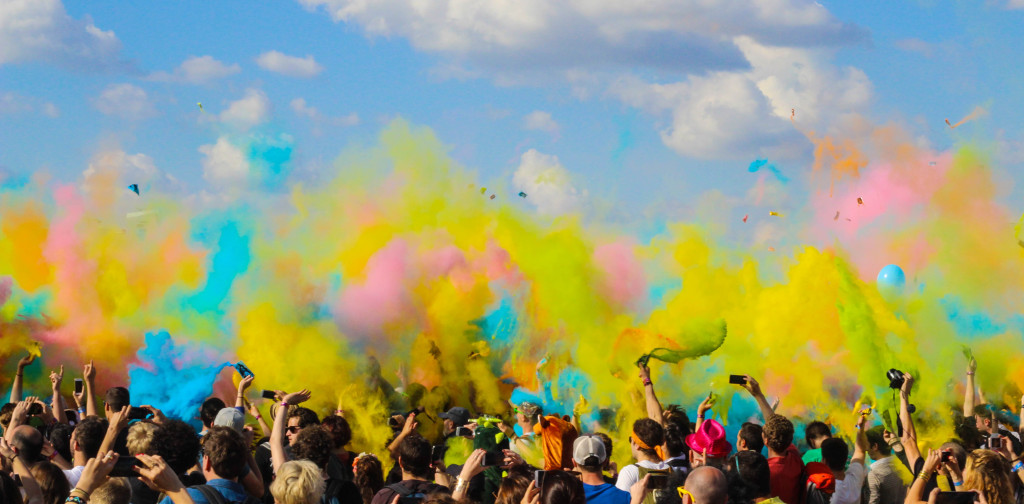 Photo by Maxime Bhm on Unsplash
Photo by Maxime Bhm on Unsplash
37. Slovakia’s Andy Warhol Connection
Pop art icon Andy Warhol's parents were from modern-day Slovakia. The village of Medzilaborce has a museum dedicated to him.
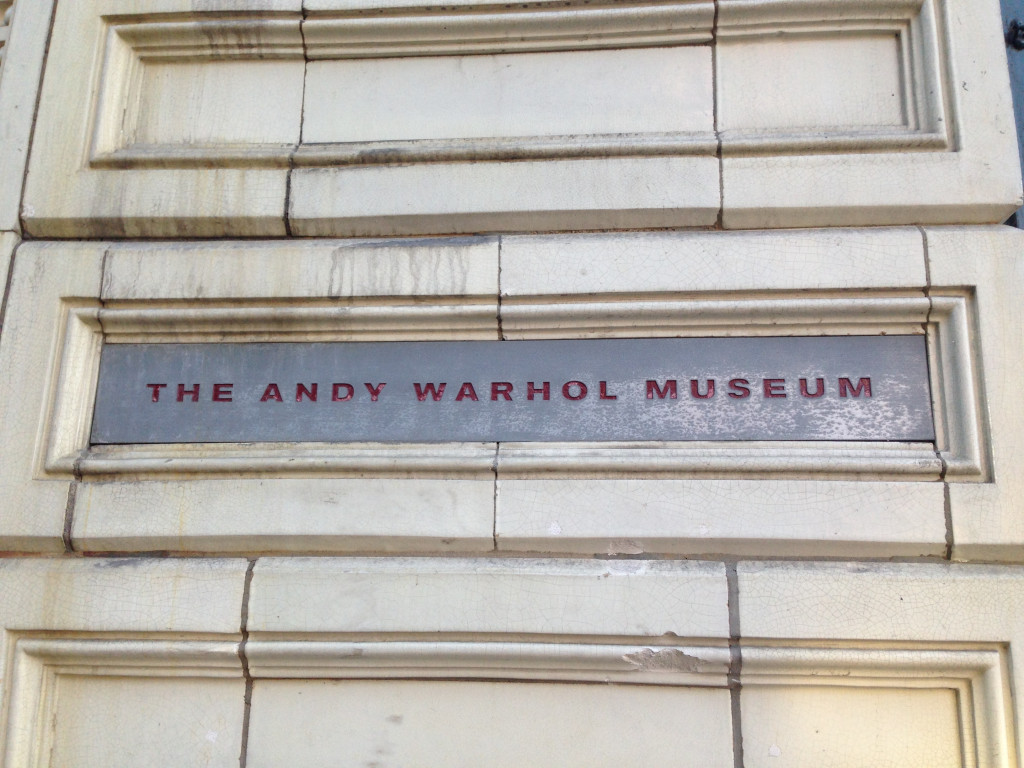 Photo by Guido Coppa on Unsplash
Photo by Guido Coppa on Unsplash
38. Georgia's Ancient Wine Tradition
Georgia claims to be the birthplace of wine, with 8,000-year-old winemaking techniques still in use. They ferment wine in clay vessels called "qvevri", buried underground. Georgia has been increasingly attracting wine tourists interested in exploring its winemaking heritage. Visitors can tour vineyards, taste traditional wines, and experience Georgian hospitality.
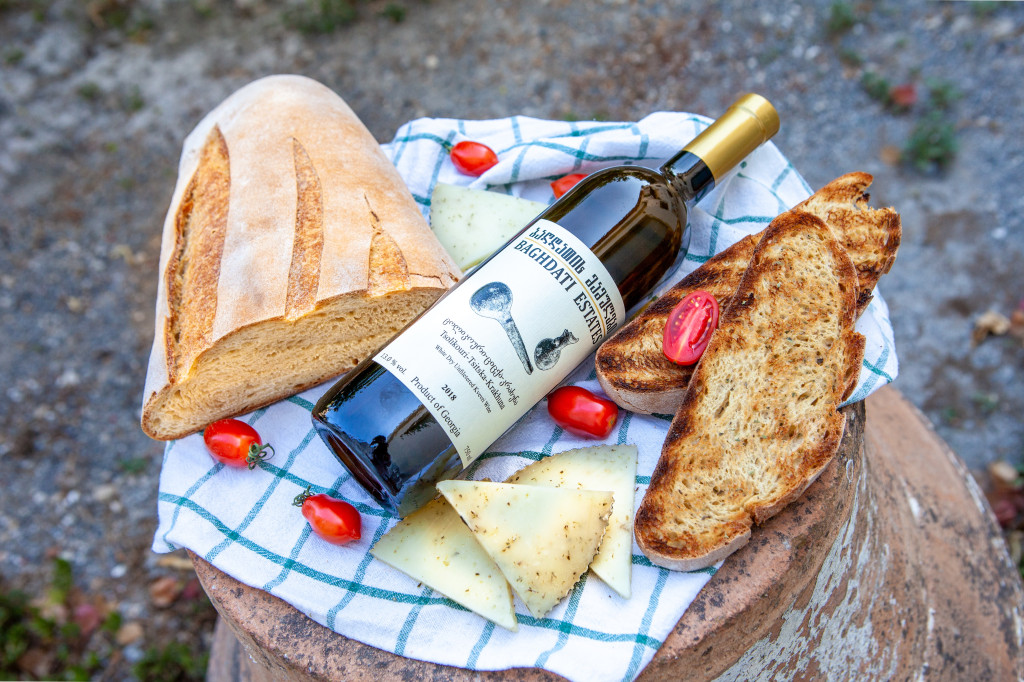 Photo by ALEXANDRA TORRO on Unsplash
Photo by ALEXANDRA TORRO on Unsplash
39. San Marino’s Claim to Independence
San Marino, enclaved within Italy, boasts as the world's oldest republic. Founded in AD 301, it has maintained its independence for over 1,700 years! It is one of the world's oldest republics and has a long history of independence. San Marino's enduring independence and its status as one of the world's oldest republics reflect its resilience and determination to maintain its sovereignty over the centuries.
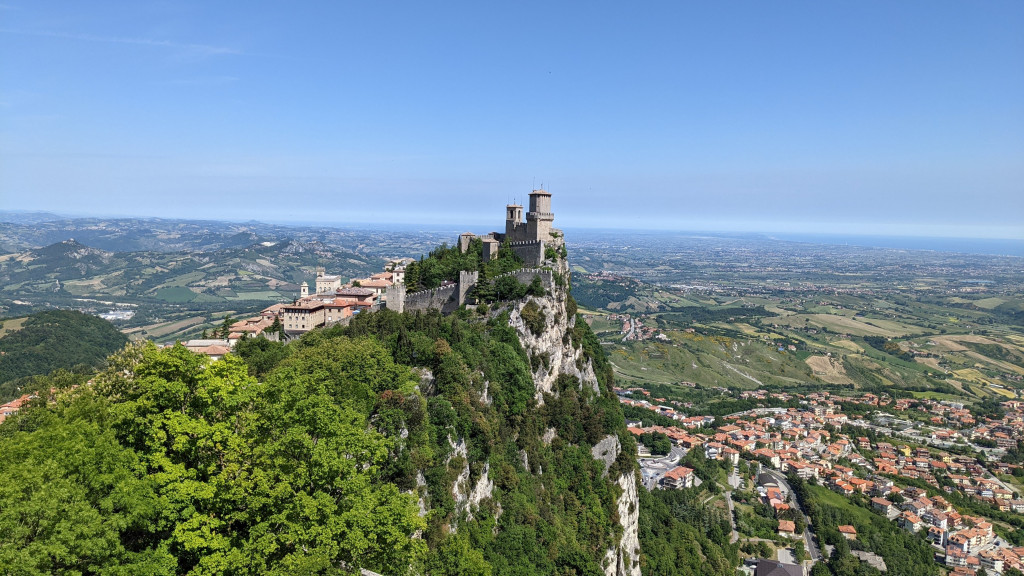 Photo by Matteo Panara on Unsplash
Photo by Matteo Panara on Unsplash
40. Bosnia and Herzegovina's Pyramid Controversy
In Visoko, there are hills claimed to be ancient pyramids by some. Some individuals, notably Semir Osmanagić, a Bosnian-American author and businessman, have claimed that these natural hills are actually ancient pyramids built by an advanced civilization. While many archaeologists remain skeptical, it has become a popular tourist spot.
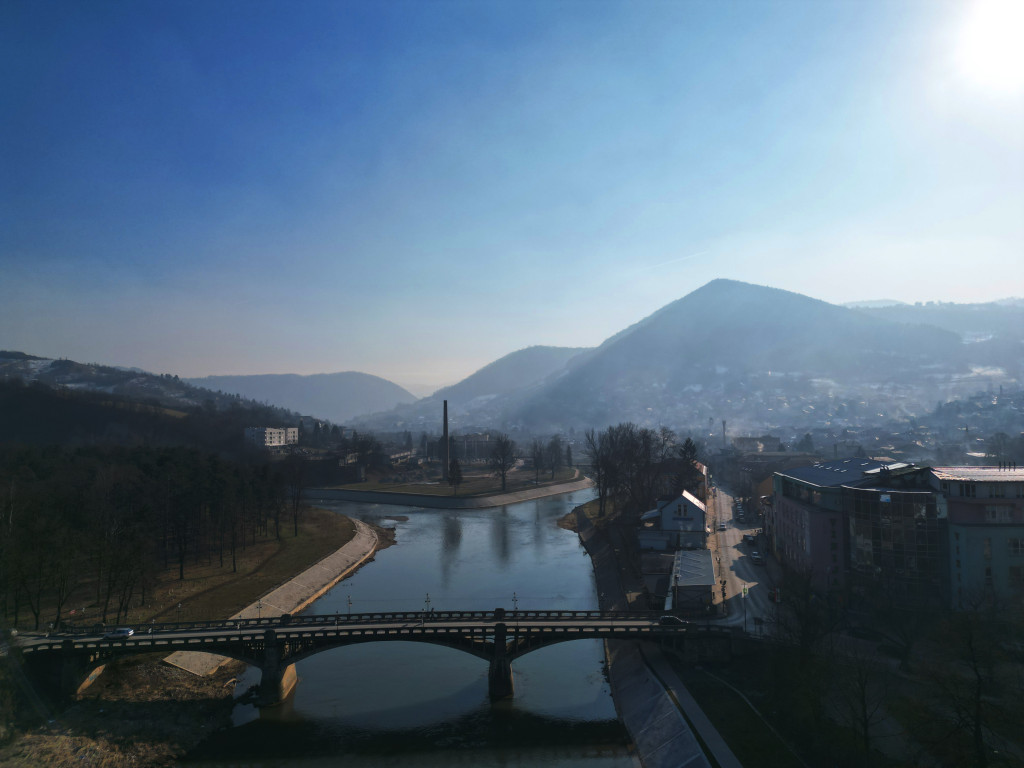 Photo by Ammar Sabanovic on Unsplash
Photo by Ammar Sabanovic on Unsplash
Europe's charm lies in its mix of the celebrated and the obscure. Whether you're an avid traveller or a curious reader, there's always something new to discover in this age-old continent. Happy exploring!


